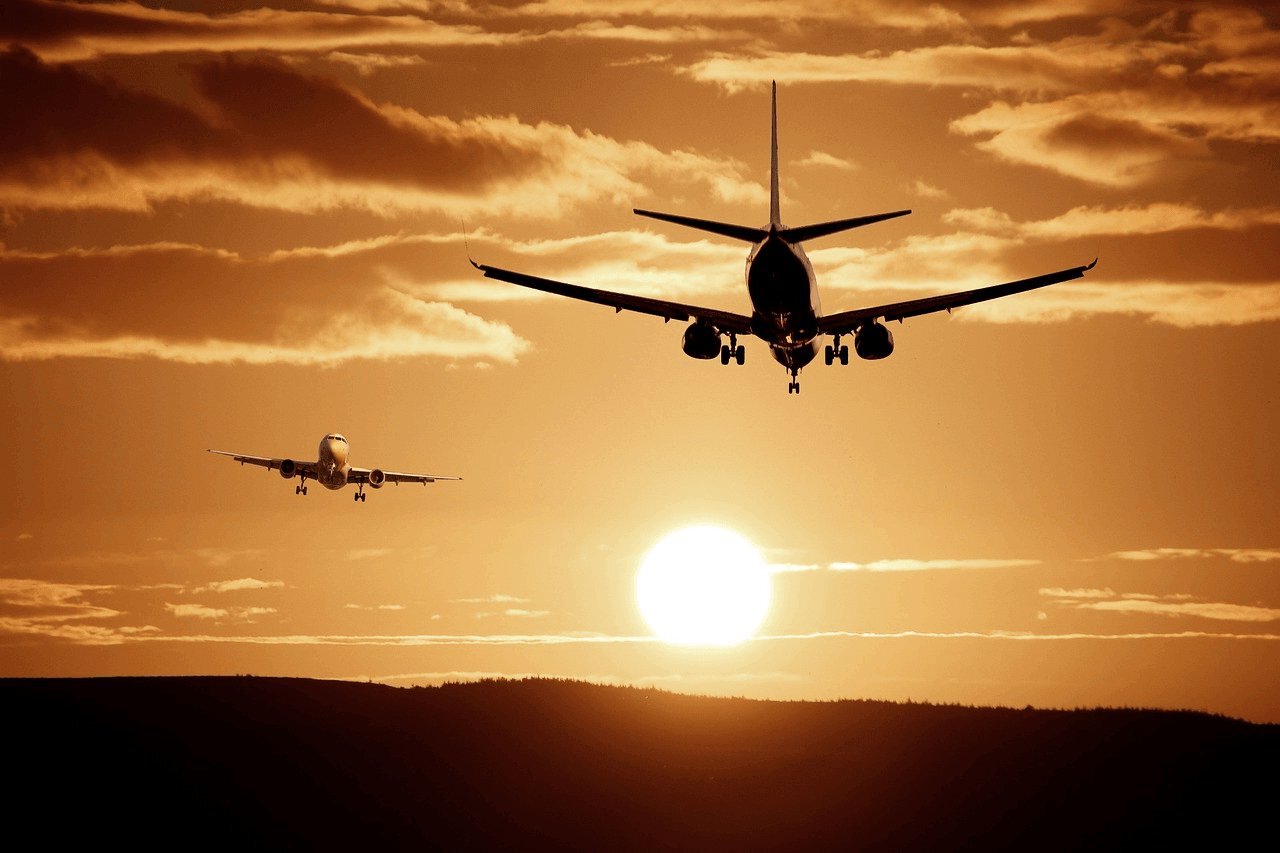
Ever wondered how safe flying really is? Despite common fears, air travel remains one of the safest modes of transportation. In fact, the odds of being in a plane crash are about 1 in 11 million. This means you’re more likely to be struck by lightning than to experience a plane accident. Airlines follow strict safety protocols and undergo rigorous inspections to ensure passenger safety. Pilots and crew receive extensive training to handle emergencies, making air travel incredibly secure. Modern aircraft are equipped with advanced technology designed to prevent accidents. So next time you board a plane, remember: flying is safer than driving, biking, or even walking!
Key Takeaways:
- Flying is incredibly safe! Statistically, it's safer than driving, biking, or walking. Pilots undergo rigorous training, and planes are built to withstand lightning strikes, making air travel one of the safest modes of transportation.
- Advanced technology and strict safety protocols make air travel safe. Redundant systems, advanced materials, and regular maintenance checks ensure aircraft safety. Passengers also play a role by following safety measures and staying aware of exits.
Understanding Flight Safety
Flying is one of the safest modes of transportation. Let's explore some fascinating facts about flight safety that might surprise you.
-
Air travel is the safest mode of transport. Statistically, flying is safer than driving, biking, or even walking. The odds of a plane crash are about 1 in 11 million.
-
Pilots undergo rigorous training. Before flying commercial planes, pilots must complete extensive training, including simulations, emergency procedures, and thousands of flight hours.
-
Planes are built to withstand lightning strikes. Modern aircraft are designed to handle lightning strikes without any damage, ensuring passenger safety.
Aircraft Design and Technology
The technology and design of aircraft play a crucial role in ensuring safety. Here are some key aspects.
-
Redundant systems are standard. Aircraft have multiple backup systems for critical functions like navigation and communication, ensuring they can operate safely even if one system fails.
-
Advanced materials enhance safety. Modern planes use materials like carbon fiber composites, which are stronger and lighter than traditional metals, improving both performance and safety.
-
Regular maintenance checks are mandatory. Aircraft undergo frequent and thorough inspections to ensure all components are in perfect working condition.
Safety Protocols and Procedures
Airlines and airports follow strict protocols to maintain high safety standards. Here are some important procedures.
-
Pre-flight safety briefings are crucial. Flight attendants provide safety instructions before every flight, ensuring passengers know what to do in an emergency.
-
Security screenings prevent threats. Rigorous security checks at airports help prevent dangerous items from being brought on board.
-
Emergency drills are regularly conducted. Airlines and airports conduct regular emergency drills to prepare staff for various scenarios.
Innovations in Flight Safety
Technological advancements continue to improve flight safety. Let's look at some recent innovations.
-
Enhanced cockpit technology. Modern cockpits are equipped with advanced avionics, providing pilots with real-time data and automated systems to assist in decision-making.
-
Improved air traffic control systems. New technologies in air traffic control help manage flight paths more efficiently, reducing the risk of collisions.
-
Better weather forecasting tools. Advanced weather prediction tools allow pilots to avoid severe weather, ensuring smoother and safer flights.
Passenger Safety Measures
Passengers also play a role in flight safety. Here are some measures that help keep everyone safe.
-
Seat belts are essential. Wearing a seat belt during the flight can prevent injuries during turbulence.
-
Follow crew instructions. Listening to and following the instructions of flight attendants can make a significant difference in an emergency.
-
Stay aware of exits. Knowing the location of the nearest emergency exit can save precious time during an evacuation.
Environmental Factors and Safety
Environmental factors can impact flight safety. Here's how airlines manage these challenges.
-
Bird strikes are a concern. Airports use various methods, like bird-scaring devices, to minimize the risk of bird strikes.
-
De-icing procedures are vital. In cold weather, planes are de-iced to ensure safe takeoff and flight.
-
Wind shear detection systems. Modern aircraft are equipped with systems to detect wind shear, a sudden change in wind speed or direction, which can be dangerous during takeoff and landing.
Future of Flight Safety
The future holds even more promise for flight safety. Let's see what's on the horizon.
- Autonomous flight technology. Research is ongoing into autonomous flight systems, which could further reduce human error and enhance safety.
These facts highlight the incredible measures taken to ensure that air travel remains one of the safest ways to get from point A to point B.
Final Take on Flight Safety
Flight safety has come a long way. From advanced technology to rigorous training, every aspect of air travel focuses on keeping passengers safe. Airlines and regulatory bodies work tirelessly to ensure that flying remains one of the safest modes of transportation. Pilots undergo extensive training, and aircraft are equipped with state-of-the-art safety systems. Regular maintenance checks and strict safety protocols further enhance the security of air travel. Understanding these facts can ease any concerns about flying. Next time you board a plane, remember the countless measures in place to protect you. Knowledge is power, and knowing these facts can make your journey more comfortable. So, sit back, relax, and enjoy your flight, knowing you're in good hands.
Frequently Asked Questions
Was this page helpful?
Our commitment to delivering trustworthy and engaging content is at the heart of what we do. Each fact on our site is contributed by real users like you, bringing a wealth of diverse insights and information. To ensure the highest standards of accuracy and reliability, our dedicated editors meticulously review each submission. This process guarantees that the facts we share are not only fascinating but also credible. Trust in our commitment to quality and authenticity as you explore and learn with us.
